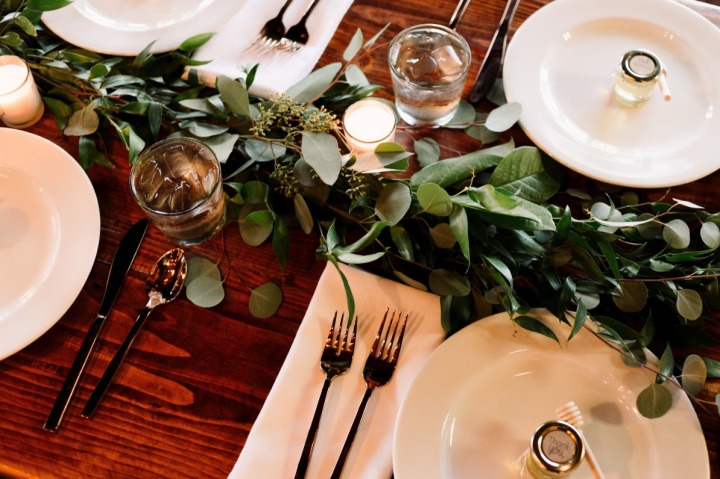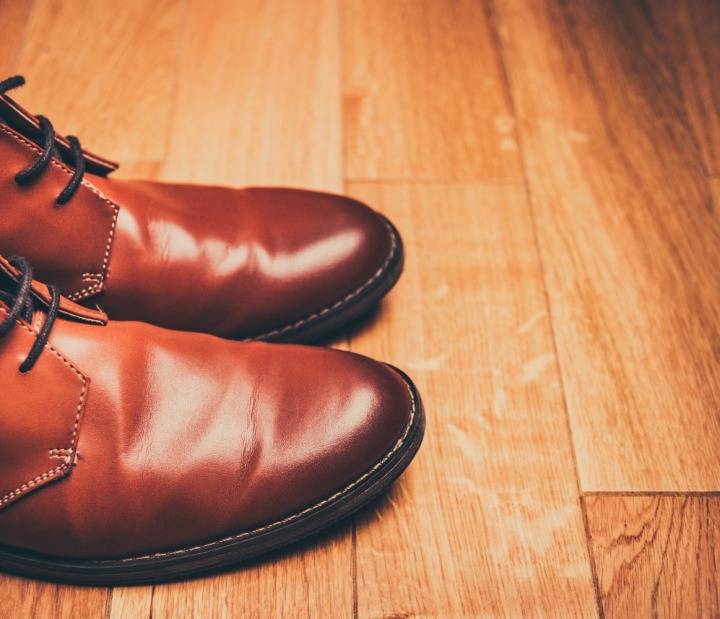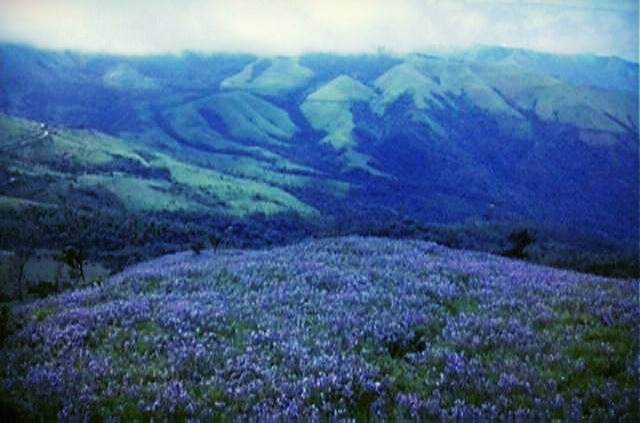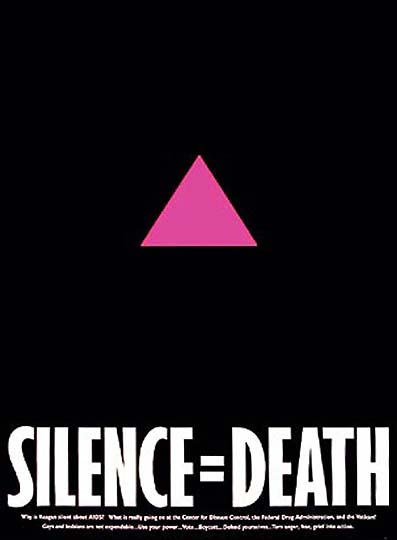It has been a while since Aristotle at Afternoon Tea featured women changing the world. This week, a post published on Womanscape about Shermin Kruse: Lawyer, changemaker, storyteller.
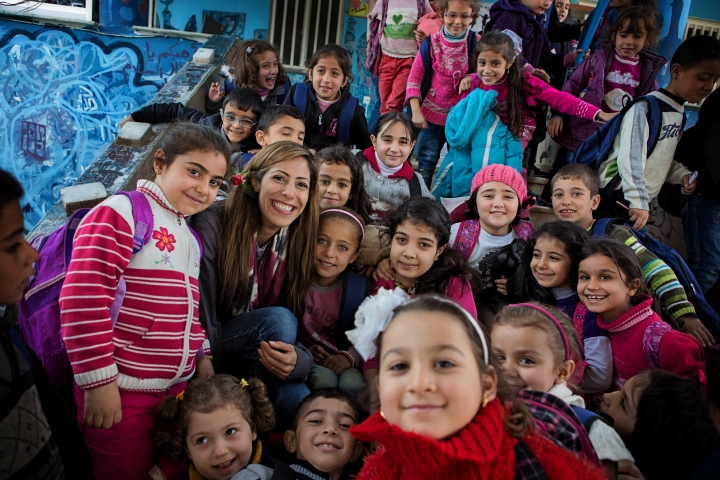
© Copyright Shermin Kruse
A random day may find Shermin Kruse somewhere along the border between Turkey and Syria, advocating for refugee rights. She could just as easily be in Chicago, defending a case in court, or advising women small-business owners, or mentoring younger lawyers. She could be on the radio, discussing foreign policy, or writing her second novel, or spending the day with her four children, or giving a Ted Talk.
Shermin fled Iran and its bombs as a child with her family and little else. Her journey took her overseas, to a new life, career, identity. Today, she fights for equal rights, professional development, and peace. A global changemaker and outstanding storyteller, she shares hers with me:
You were eleven years old when you and your family landed in Canada. What was it like moving from one world to a radically different other?
Moving meant no more rocket attacks, or ladies with guns stopping you in the street to adjust your headscarf. But it also meant losing my home, my dolls, my Amoo Mostafa who always came over with a box of fruit, my Amoo Mamad who gave me cheese puffs every time he saw me. It meant I would never again see Samaneh, my favorite cousin and partner in crime, or get wet kisses from my Khaleh Shamsi.
Gone were my best friends, neighbors, rugs, and our black-market record collection. I would never again be packed with other family members like sardines into the rooms of my uncle’s villa near the Caspian Sea, or hike the Alborz mountains with my dad. These were real losses, and recovery from them was enormously challenging, despite the fact that our immigration was the best thing to happen to me and my family.
Did you know what to expect?
I had a child’s conception of what freedom would look like, mostly drawn from a bootleg VHS we had of “The Sound of Music,” dubbed in Persian. I imagined blond girls singing and dancing in the streets! A promised land of Nutella, gorgeous clothes I could actually wear outside, and schools where the teachers were nice.
Is that what the new world was like?
There were many surprises. The “new world,” in many ways, was not as anxious to receive us as we were to arrive. I spoke no English, and no one at my school spoke Persian, which made the first period very challenging. I spent my days day-dreaming. Lunch hours were very lonely.
But there were also many luxuries. Since Iran was in the midst of war when we left, water shortages were common. That meant baths instead of showers and almost no green spaces in the city. Here, in this new world, there was always hot water, and green grass even on our own lawn!
While these everyday comforts were minor miracles to my young self, the most important change was the realization, lingering now in the back of my mind, that here I can be and do anything. Really, the future felt limitless, and still does.
‘I can be and do anything.’
You became a lawyer, novelist, motivational speaker, mother of four, and human rights advocate. What do all these identities have in common?
A desire to change the world.
Do you believe it possible?
Not only possible, but an obligation.
You say this even though you have witnessed horrific abuses of human rights and violations of fundamental freedoms.
There is a quote often attributed to the Talmud:
‘Do not be daunted by the enormity of the world’s grief. Do justly now. Love mercy now. Walk humbly now. You are not obligated to complete the work, but neither are you free to abandon it.’
I made this discovery about freedom when I came to Canada: It is not unlimited. We are morally and ethically constrained by our responsibilities to ourselves, our families, our communities, and our globe.
We may not cure all ails, but as members of a shared humanity, we must be committed to bettering the world. Whether by teaching a young child about empathy or working on conflict resolution in a war zone, we can have a real impact. And perhaps more significantly, it is from the doing of this imperative work, and not its conclusion, that internal peace springs.
You have committed your life to this goal of bettering the world. What has been your most challenging role?
Motherhood; it has been the greatest introspective exercise of my life. It has distilled for me that core of life’s ethics that I should instill within my children.
And what are those ethics?
Kindness, Gratitude, Curiosity, Resilience, and Hard Work.
While these are all achievable goals, every day presents a barrage of failures. At times I find it difficult to be grateful, times when exhaustion gives way to procrastination. Sometimes I lose patience with my kids, or temporarily overlook an issue that is important to my partner.
Such defeats are fleeting, however; they are lessons that help me improve. To find and strengthen the core pillars of my beliefs is a mindful and ongoing exercise.
You are engaged in so many projects, but let’s talk about just one. Perhaps your most personal: your novel, Butterfly Stitching. Why did you choose to write it?
I wanted to tell the story of Iranians, in particular Iranian women. I wanted to reveal Iranian women for the strong activists they are, both in their political and in their domestic lives, rather than the meek subjects of oppression they are sometimes perceived to be.
What does the title, Butterfly Stitching, mean?
The book explores the revolution of a country, a people, and particular individuals, and the consequences of those transformations. Change is frequently represented by the meta-morphing butterfly in imagery and poetry. In the case of my book, both the positive and the negative changes at play are interwoven, or inter-stitched. Actual butterfly stitching upon the fabric of a headscarf is also a personal matter to the characters in the book.
The two main characters are a mother and daughter living in a war-torn country. How much of your story is in theirs?
Much of Part I is based on my own life, experiences, memories and feelings. While writing it, I would lose myself in the past, a fascinating and sometimes harrowing journey. Part II is based on the story of my grandmother, bless her soul. I took some dramatic liberties, however, which is why the book is classified as fiction.
If, in real life, you ever had to flee again – and I hope you never have to – what would you take with you?
My loved ones, whatever food and water we could carry, valuable items like silver and jewelry. Also, a handful of printed photos and tons of digital ones, as well as phones, laptops, iPads, and educational degrees (How else can you prove what you are qualified to do?). I would also pack a really good pair of walking shoes and a poncho, and some keepsakes from my children’s earlier years (I have none of my own pre-immigration writings or drawings). Finally, a copy of my own book, and as many other books as I can carry!

